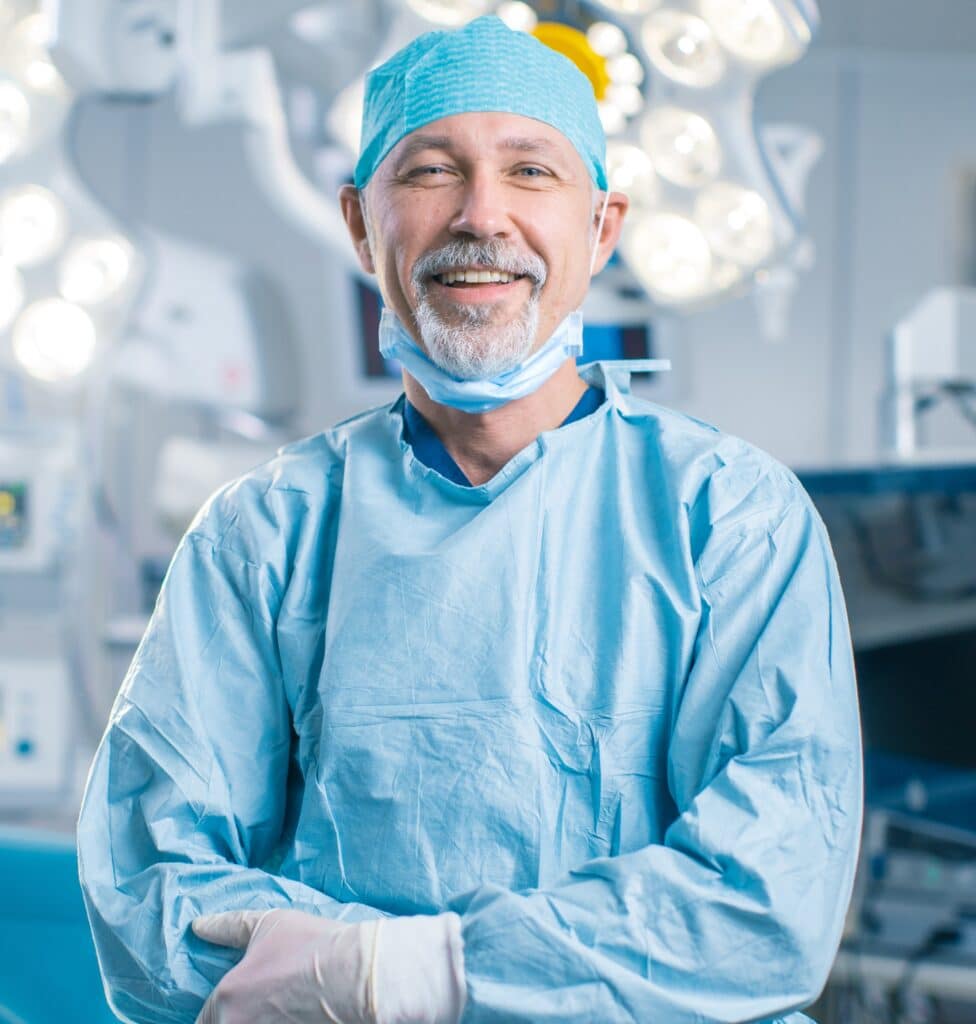Every year during Suicide Awareness and Prevention Month, we are reminded of one startling statistic related to stress: the suicide rate of physicians is nearly double that of the general population. One notable study found that orthopedic surgeons have the highest rate of suicide amongst surgeons. Surgeons are burning out, and many feel they cannot achieve the balance they need to take care of their mental health. In an era of healthcare staffing shortages, taking care of our clinical workforce is vital. Is there a long-term solution that can help doctors feel supported while helping hospitals provide patients with the level of care they need?
The factors that perpetuate mental health struggles and burnout among surgeons in our medical system are complex and there is no easy fix for this issue. However, there are long-term staffing solutions that hospitals can employ today to improve mental health and reduce burnout among surgeons. One solution gaining popularity is the Surgicalist Staffing Model.
Why Surgeons Burn Out
In addition to seeing patients in their practice, performing surgery, navigating an EMR, and providing 24 hour call coverage, surgeons frequently have to bring work home after a long and often traumatic day. Without much recovery time and a cumulative lack of sleep, some physicians can fall into burnout, depression, and even consider suicide. Meanwhile, there remains a strong stigma in the medical field against admitting struggles with stress and mental health. A 2020 study published in JAMA found that 60% of surgeons with recent suicidal ideation did not seek help, because they were afraid it would affect their licensure.
When surgeons believe that seeking mental health support will compromise their ability to do the job they love and have rigorously trained and sacrificed for, they may come to believe that the only way forward is to either hide their pain (which leads to burnout) or leave the profession entirely. This all-or-nothing attitude has unfortunately become the accepted norm among many surgeons, hospital leaders, and other healthcare professionals. However, there is another way.

The Surgicalist Model – Supporting Surgeons
The Surgicalist Model, developed by two orthopedic surgeons who wanted to put the joy back into practicing medicine, is a team-based model that helps hospitals cost-effectively cover call and relieve community surgeons of the call burden. A Surgicalist team will usually include surgeons and advanced practitioners who work as a team to cover call or even an elective practice in planned, coordinated shifts.
In the model, Surgicalists get the flexibility of working seven to 10 consecutive days per month, allowing for predictable blocks of time off. It also allows the private practice surgeons they are supporting to care for their patients with limited or no emergency department on-call responsibilities, eliminating the stress of care conflict. Because they have the support of Surgicalist doctors who cover on-call shifts and emergency surgery, private practice surgeons in a hospital system or other health care practice can take time off, leave work at work, and return refreshed for the next day’s patients. Unlike temporary locums fixes, Surgicalists are a long-term staffing partnership, they are dedicated to their assigned hospital, serve on committees, engage with the community at large, and work side-by-side with hospital leadership and other medical staff physicians to manage and evolve surgical programs.
The Surgicalist Model – Helping Hospitals
When a hospital leader implements the Surgicalist Model, they ensure predictable staffing and consistent patient care. And with that peace of mind, leaders are then able to focus their time on leveling up their service capabilities, increasing patient volumes, and improving the patient experience. This is possible because hospitals gain consistent staffing and coverage, their community surgeons feel supported, and the Surgicalists get the flexibility in their schedule they crave. They no longer feel like they have to choose between staying in the field and burning out or leaving the field entirely. Likewise, the Surgicalist Model creates opportunities for highly specialized surgeons who want a different type of career with more work-life balance, allowing them to bring their skills to hospital systems in rural, remote, or otherwise hard-to-recruit areas.
Hospitals and patients need surgeons who feel fully supported so that they can perform at their best. The factors that burn out surgeons may be complex, but the solutions don’t have to be. The time to act is now, and working with a partner that utilizes the Surgicalist Model to keep your surgery department consistently staffed can be the long-term solution everyone needs.
If you or a loved one needs support, call 911 or contact the Suicide & Crisis Lifeline https://988lifeline.org/
